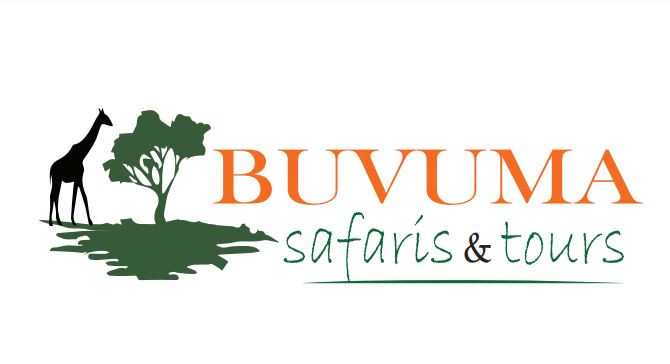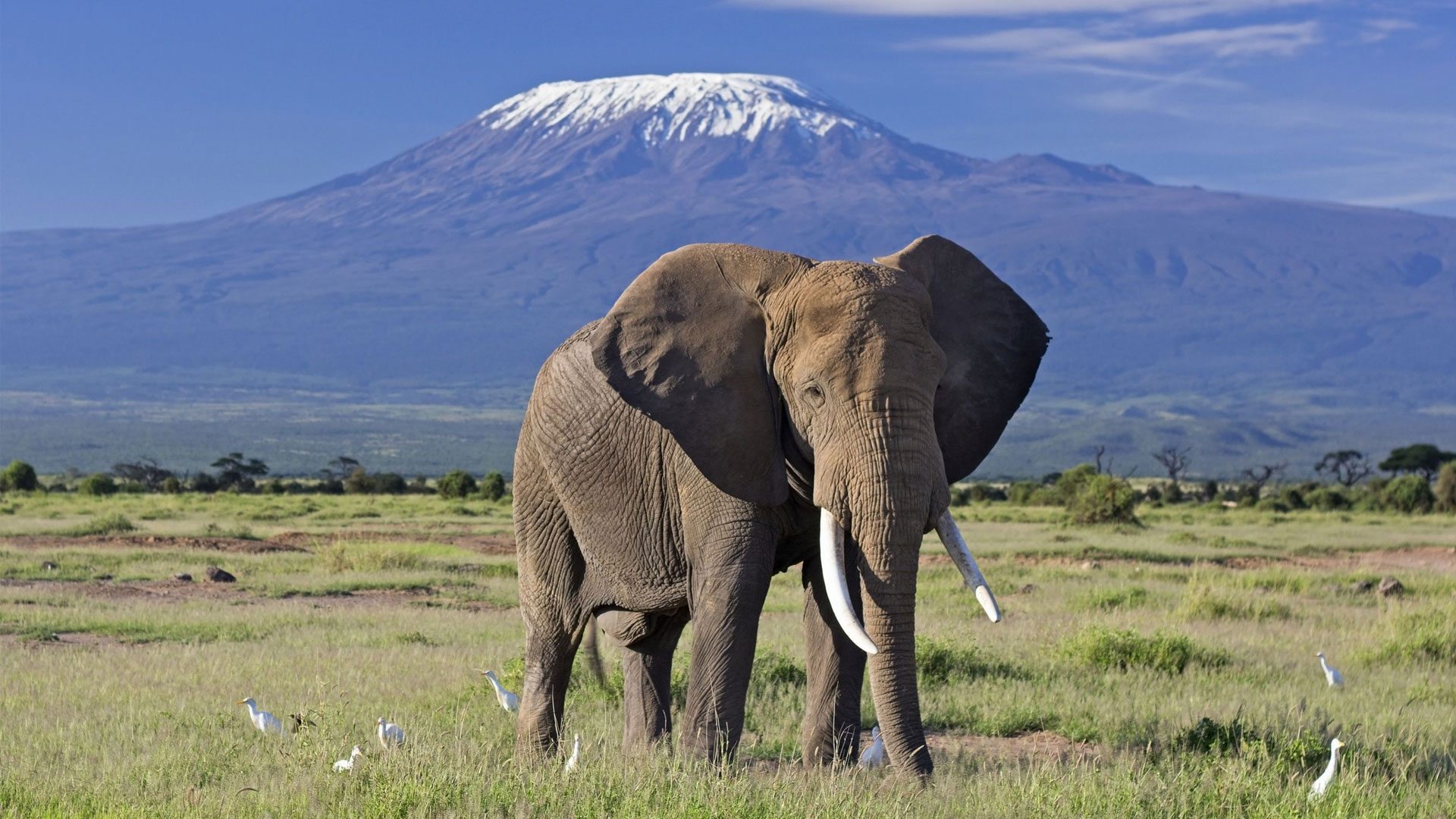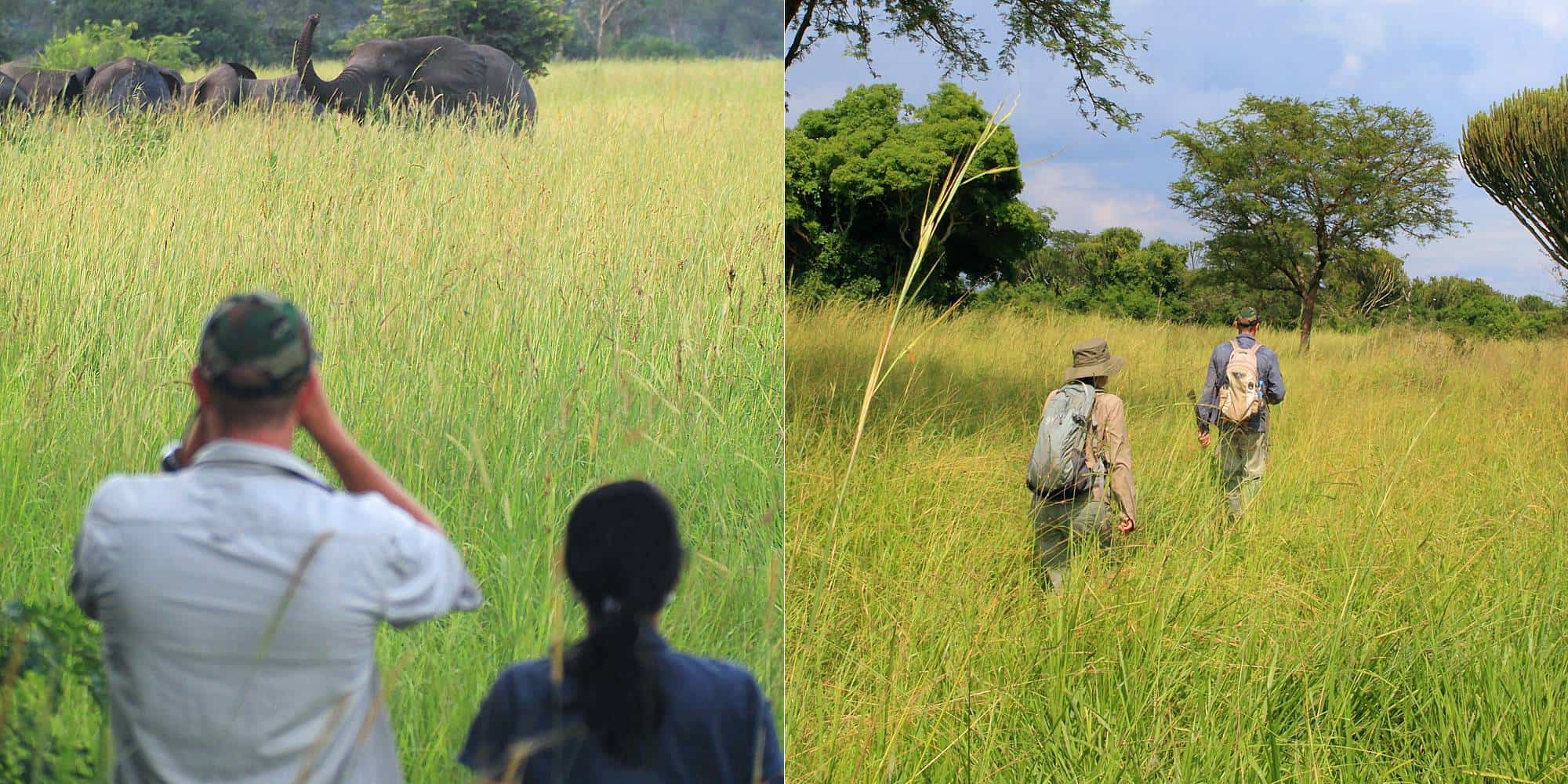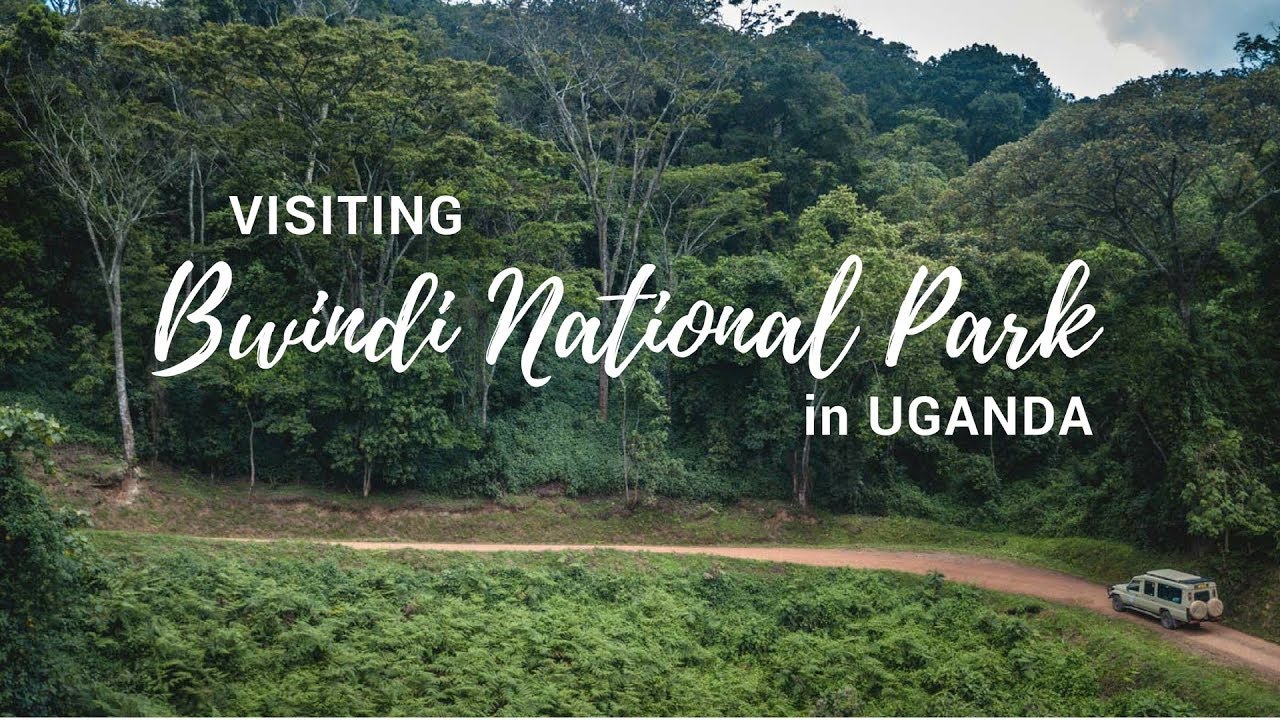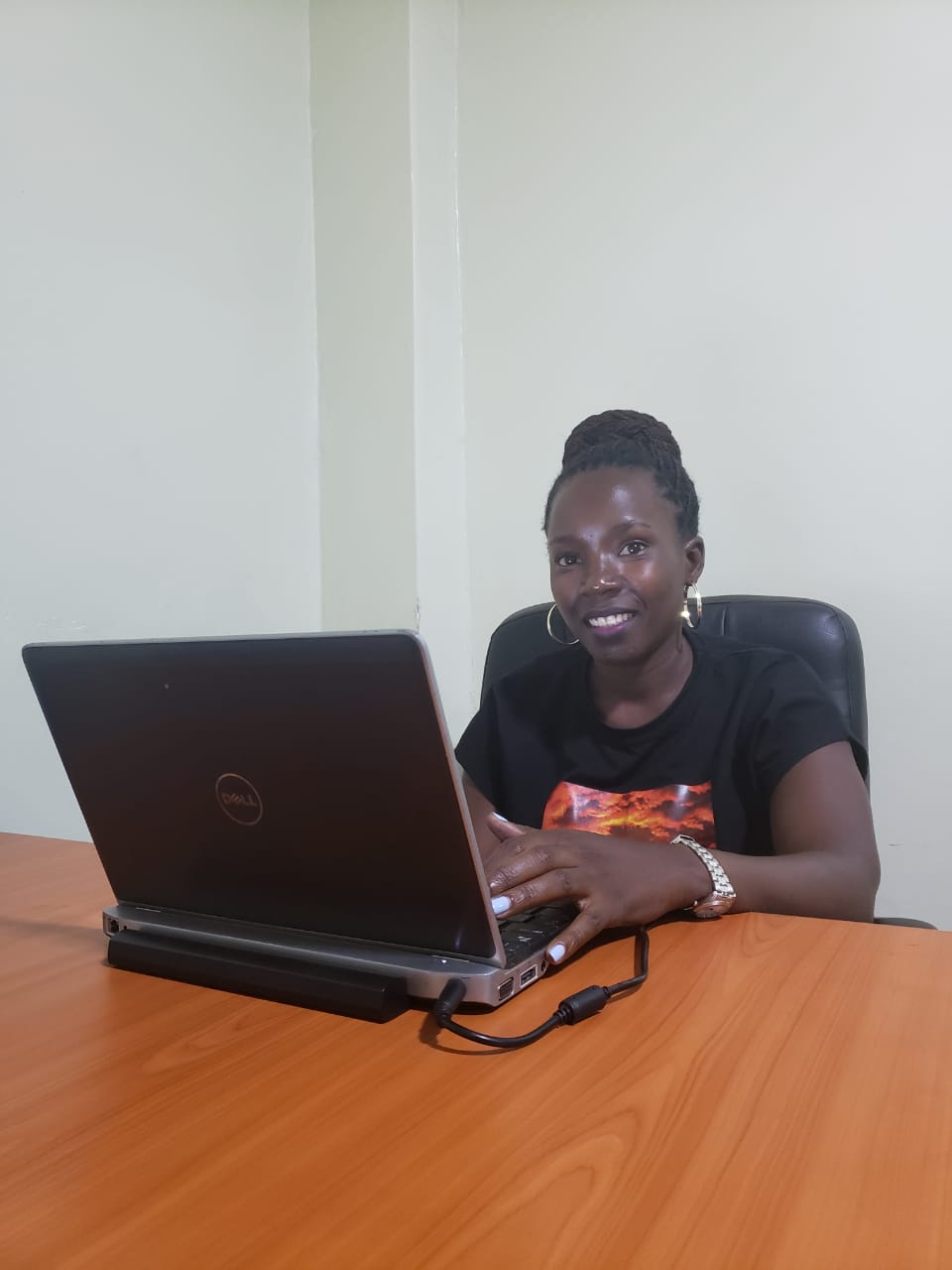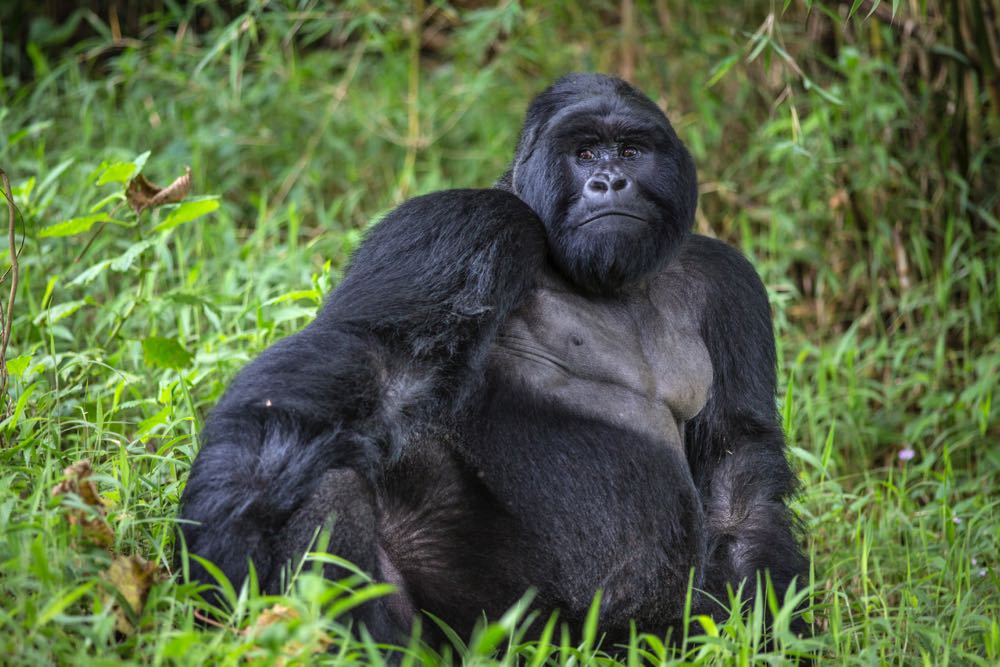
Gorilla Trekking in Mgahinga Gorilla National Park
Gorilla Trekking in Mgahinga Gorilla National Park : In addition to the common golden monkey tracking, Game drive, canoeing safari tours, nature walks, trekking, and visiting the local communities, gorilla tracking in Mgahinga Gorilla National Park is another most popular Uganda tourist activities. It is located in south-western Uganda and is one of the smallest national parks in Uganda.
Only one gorilla family, known as the Nyakagezi gorilla family, is available for tracking in the park. Comparatively speaking, Bwindi Impenetrable National Park sees more visitors than Mgahinga Gorilla National Park. We advise guests considering a gorilla tracking safari in Mgahinga Gorilla National Park to book their permits well in advance in order to avoid disappointment because the park has a limited number of permits available. A gorilla tracking permit in Uganda costs UGX 250,000 for members of the East African Community, $600 for international residents, and $700 for foreign non-residents.
During your Uganda mountain gorilla trekking to Mgahinga, The day begins with an early breakfast to provide you with energy for the activities of the day. Next, you travel to “Ntebeko,” the park’s administrative center, for the briefing. You receive orientation on the many guidelines for gorilla tracking while you’re here. Because they only inhabit a small forested region, the mountain gorillas in Mgahinga Gorilla National Park are easy to spot. You have an hour to observe mountain gorillas in their natural environment, learn about their unique traits, and discover what they eat. The gentle giants are allowed to be photographed, but no flash is allowed because it can frighten or annoy them.
If you have any questions about the mountain gorillas or any other unusual creatures you come across during the walk in the jungle, ask the experienced, armed ranger guide who will be with you to ensue your Uganda safari tours is secure and enjoyable. Plan your trip during the dry season, when the woodland trails are less muddy and easier to walk during the activity and the flora is sparser, if you want to have an exciting and successful gorilla tracking safari. Keep in mind that gorilla tracking can be physically hard due to the area where the mountain gorillas are observed on any given day. In comparison to Bwindi Impenetrable National Park, tracking is easier in Mgahinga Gorilla National Park.
HOW DOES GORILLA TREKKING IN MGAHINGA COMPARED TO BWINDI NATIONAL PARK?
Only three nations in the world—Uganda, Rwanda, and the Democratic Republic of the Congo—are home to mountain gorillas. Two national parks—Bwindi Impenetrable Forest National Park and Mgahinga Gorilla Park—allow visitors to go on gorilla safaris in Uganda. How does Mgahinga’s gorilla trekking compare to that in Bwindi?
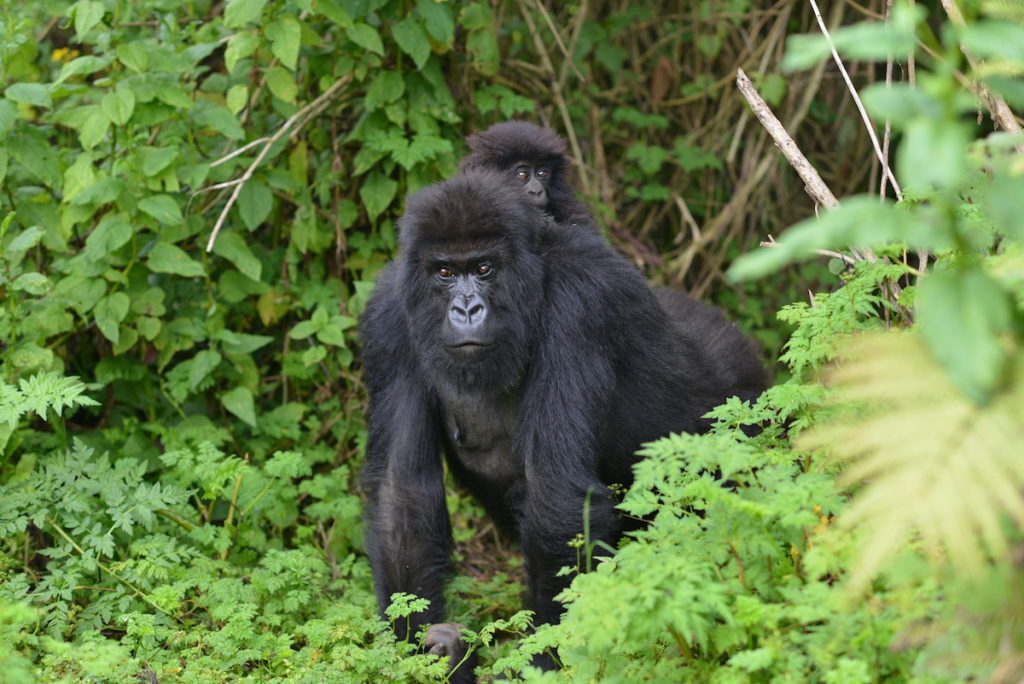
Gorilla Trekking in Mgahinga Gorilla National Park
About 400 mountain gorillas, or 80% of the total population in Uganda, live in Bwindi. Bwindi is better known than Mgahinga for gorilla trekking because it is a UNESCO World Heritage Site. There are 12 habituated gorilla groups available for visitors to choose from. The Nyakagezi family is the sole gorilla family in Mgahinga. The Nyakagezi group, however, is among the best guerilla groups in Uganda for gorilla tracking. It is the group in Uganda, Rwanda, or the Democratic Republic of the Congo that has the most silverbacks. Both parks are reachable by flight from Entebbe or Kajjansi and by car from Kampala. While a car trip can last up to eight hours, flights only last about two hours.
There are four areas of the Bwindi Impenetrable Forest where tourists can undertake gorilla tracking: Rushaga, Nkuringo, Ruhija, and Buhoma. As a result, unlike in Mgahinga, twin gorilla tracking is achievable in Bwindi. The following day, visitors can track gorillas in a different section. It is feasible to compare experiences monitoring various gorilla families and in various Bwindi sections by viewing gorillas twice.
The only park in the world where visitors can see both chimpanzees and mountain gorillas is Bwindi Impenetrable Forest. Mgahinga has a distinct benefit: golden monkeys! The only park in Uganda where visitors can locate both gorillas and golden monkeys is Mgahinga.
In both parks, the chances of spotting gorillas are fairly high. The one gorilla family that can be tracked previously traveled from Uganda to the Congo and Rwanda. Even if they have spent the last four years in Uganda, you never know when they might decide to travel to see their brothers in Rwanda or the Congo. The only time guests in Bwindi might miss seeing a gorilla family is if the designated family ventures too far into the jungle. Although it happens extremely rarely, the activity could be postponed to allow guests to head back to the starting place before dusk.
The Queen Elizabeth National Park and Kibale Forest Park, two of Uganda’s most beautiful parks, are closer together than Bwindi Impenetrable Forest Park. A safari to see the big five can easily be combined with gorilla tracking. Both Mgahinga and Bwindi are equally expensive for gorilla trekking in Uganda. Both parks charge $700 for a gorilla permit, although Bwindi Impenetrable Forest Park offers more lodging alternatives than Mgahinga.
OTHER ACTIVITIES TO DO IN MGAHINGA GORILLA NATIONAL PARK
In addition to gorilla excursions, Mgahinga National Park is home to a large population of golden monkeys, Colobus monkeys, other primates, leopards, porcupines, buffalo, tortoises, bushbuck, golden cats, and bush hogs. As we’ll discover in a moment, the Batwa pygmies still call this forest home, and a visit there is worthwhile. Let’s examine these actions in greater detail:
Golden monkey trekking: Like mountain gorillas, golden monkeys may only be seen in the Virunga Highlands. Only in Mgahinga can one find the golden monkeys of Uganda. Tourists are very interested in seeing this adorable subspecies of the blue monkey because it is thought to be in danger. They rank among the most attractive monkeys in the entire world.
Nature Walks: These are conducted on various woodland routes via various forest regions. You can go for hikes along the beaches of Lake Mutanda, in plantations, in swamps like the Rugezi Swamp, and on the slopes of volcanoes. Visitors are supervised on the treks by an armed ranger and a guide. The treks offer several opportunities to see different bird species, tree species, and forest animals, including primates.
The Batwa Trail: The opportunity to observe the people who formerly resided in the forest is provided by the Batwa Trail. For thousands of years, the Batwa lived in the Garama caverns and hunted and collected food from the forest. To make room for tourists and other wildlife conservation efforts, the Batwa were driven out of the forest and relocated outside the park. They are now obliged to adapt to life outside the forest and give up their old way of life. A Batwa guide leads guests down the Batwa Trail as they learn about their customary way of life in the jungle. Hunting, fruit harvesting, singing, dancing, lighting fire, and honey collection will all be demonstrated. Some of the activities may require participation from visitors.
Cave exploration: exploring caves usually entails visiting the Muhavura and Garama Caves’ bases. The Batwa people’s culture and history are related to this activity. These deep tunnels served as a meeting and gathering place for the Batwa, who frequently engaged in conflict with their Bantu neighbors. The caves are currently inhabited by bats; thus, entering them requires powerful torches. It is said that the Garama Caves extend all the way to Rwanda.
Mountain climbing in Mgahinga: Climbing one of the park’s extinct volcanoes is one of the best things to do when visiting Mgahinga. Each peak can be climbed in a single day, and short-notice hiking permits can be purchased at the park headquarters. Let’s examine each volcano in greater detail:
Mount Muhabura or Muhavura: It takes eight to 10 hours to return to the starting place after climbing Mount Muhabura or Muhavura, which is the highest and most difficult climb. Its elevation is 4,127 meters. Changing vegetation, swimming in a crater lake, and breathtaking vistas of the Rwenzori Mountains, Bwindi Impenetrable Forest Park, as well as the larger Virunga range of mountains, are the benefits of climbing Mount Muhabura.
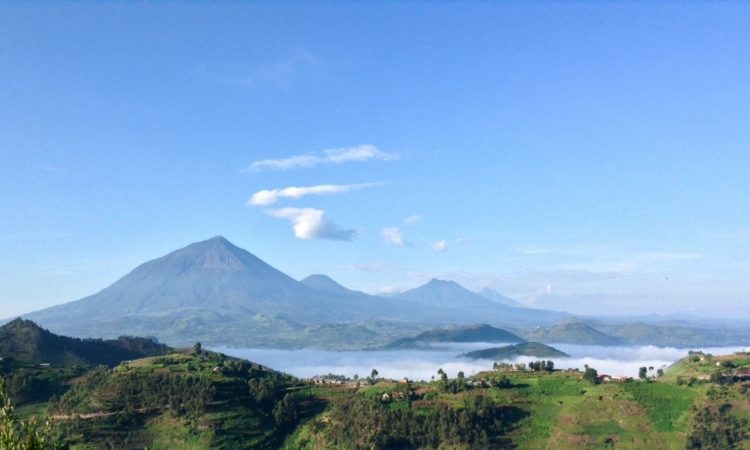
Mount Muhabura
Mount Sabinyo: The second-highest and most difficult mountain is Mount Sabinyo, which is 3,634 meters high and locally known as “Old Man’s Teeth.” It takes 8 hours to climb Mount Sabinyo and descend from the peak. At the peak is a spot where the borders of Uganda, Rwanda, and the DR Congo meet. Therefore, it takes only a few minutes to enter three nations from here.
Mount Gahinga: The least difficult climb is up Mount Gahinga, which takes around 7 hours to complete through bamboo forests. As they climb, visitors can take in the breathtaking scenery and spot the massive bogs at the summit.
Birdwatching in Mgahinga: One of the best places in Uganda to go birding is Mgahinga Gorilla Park. You can identify about 100 different bird species when birding in the Mgahinga Gorilla National Park habitats such as the montone and bamboo forests, swamps, and gorges of the Sabinyo and Gahinga volcanoes. A local bird guide will take you out to look for Archer’s Robin-Chat, Banded Prinia, Barred Long-tailed Cuckoo, Black Kite, Blue-headed Coucal, Blue-headed Sunbird, Bronze, and other species. Cape Robin-chat, Chestnut-throated Apalis, Collared Apalis, Doherty’s Bush-shrike, Double-collared Sunbird, Dusky Crimsonwing, Dusky Long-tailed Cuckoo, Dusky Turtle Dove, Equatorial Akalat, Fire finch, Grauer’s Warbler, Grey-capped Warbler tin me a few.
